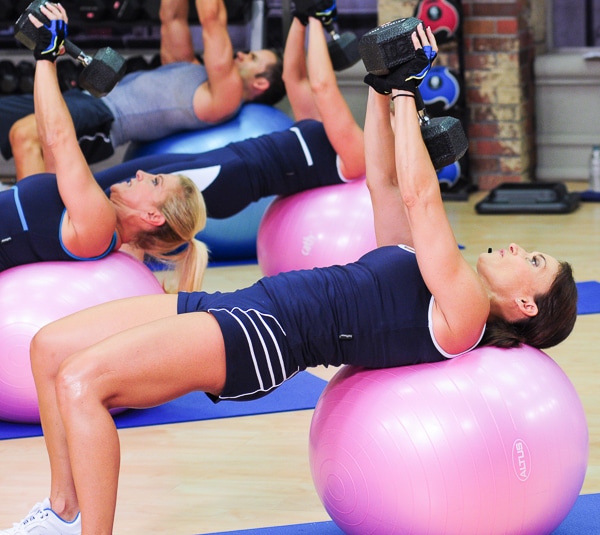
Exercising after a Meal: Does It Have Health Benefits?
If you’re like most people, it’s probably been ingrained in your head that exercising after a meal is bad because it can cause cramps or indigestion – but a new study points out that there are some health benefits to staying active after you eat.
After eating a meal, your blood triglycerides rise as much as five to ten times above their baseline level. Why is this a problem? High triglyceride levels have been linked with heart disease. Plus, when triglyceride levels increase significantly after a meal, it causes blood vessels to malfunction in a way that can damage their walls. Over time, this can lead to heart disease.
Can exercise help? In a recent study, Japanese researchers found that light exercise after a meal helps to reduce the rise in triglycerides that occurs after eating. When participants took a brisk walk and did a series of resistance exercises like squats and push-ups within 60 minutes after eating, their triglyceride levels rose less than when they did no exercise at all. The amount the participants walked after eating was modest, a little over a mile.
Exercising before a meal also had some benefit. Participants who exercised within an hour of eating a meal enjoyed some triglyceride-lowering benefits but not to the same degree as when they exercised after a meal.
Taking a brisk walk and doing a little resistance training after a meal may be even more beneficial when a meal is high in fat. How does exercise help? Your body turns to the circulating triglycerides as a fuel source, thereby lowering circulating triglyceride levels so there’s less risk of blood vessel damage. That’s a good thing when it comes to your risk for heart disease – and your waistline.
Other Ways to Lower Triglyceride Levels
Lowering your triglyceride level is one thing you can do to reduce your risk for heart disease. A high triglyceride level also increases the risk for other health problems including stroke and pancreatitis. Current thinking is that a triglyceride level that’s within normal range by laboratory parameters may still be too high for heart health. Based on lab parameters, a triglyceride level up to 150 mg/dl is “normal,” but many experts now believe people who are concerned about heart disease should aim for a level of 100 mg/dl or less.
Other ways to lower your triglyceride level include taking part in regular aerobic exercise, eating a diet low in trans-fat and saturated fat, reducing the number of processed carbs and simple sugars in your diet, consuming more omega-3 fats and cutting back on the amount of alcohol you drink. Beverages sweetened with fructose or high-fructose corn syrup have also been linked with elevated triglycerides. Diet and exercise are both important factors that affect your triglyceride level.
The Bottom Line?
High triglyceride levels are linked with a greater risk for heart disease, and even the transient rise that occurs after a meal may cause blood vessel changes that contribute to atherosclerosis over time. One way to reduce the rise in triglycerides is to try exercising after a meal. Rather than plopping down in an easy chair after eating, take a brisk walk and do a little resistance training to help move those fats out of your bloodstream so they’ll do less damage.
References:
Circulation. 2004; 110: 3599-3603.
Med Sci Sports Exerc. 2013; 45: 245-252.
Science Daily. “Fructose-Sweetened Drinks Increase Non-fasting Triglycerides in Obese Adults”
Medscape.com. “Light Exercise Can Reduce Postprandial Triglycerides”

